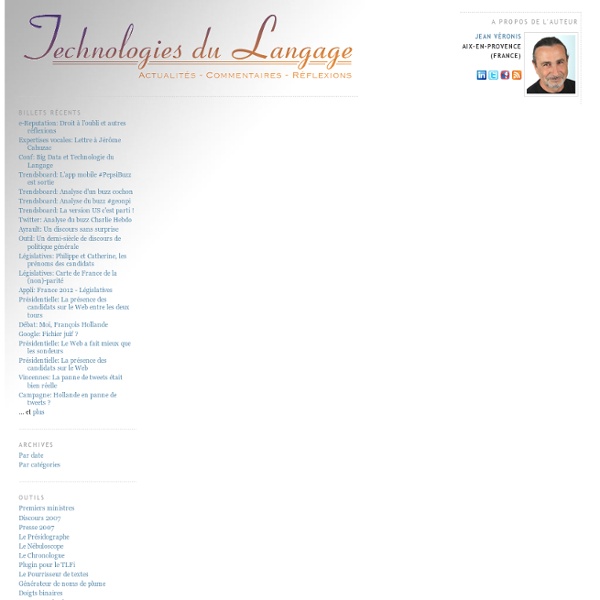Google: Le plus grand corpus linguistique de tous les temps

Culturonomics : juste une question de corpus ?
A quoi sert de numériser des millions d'ouvrages depuis 2005 ? A ça. Disposer de 4% de tous les livres publiés depuis 2 siècles. 7 langues. 2 milliards de mots. 5,2 millions de livres numérisés "inside" (voir l'article du NYTimes). Deux corpus. "Ensemble de données exploitables dans une expérience d'analyse ou de recherche automatique d'informations." Dans le domaine du droit, le corpus : "C'est l'élément matériel de la possession, le pourvoir de fiat exercé sur une chose. Du premier corpus, celui de Google, on ne pourra que se réjouir, pour ce qu'il représente de potentialités ouvertes dans l'aventure linguistique comme compréhension du monde. Du second corpus, celui de Facebook, on ne peut que continuer à raisonnablement s'alarmer. "Il n’y a rien que l’homme soit capable de vraiment dominer : tout est tout de suite trop grand ou trop petit pour lui, trop mélangé ou composé de couches successives qui dissimulent au regard ce qu’il voudrait observer. Et donc ? Moralité.
Related:
Related:



